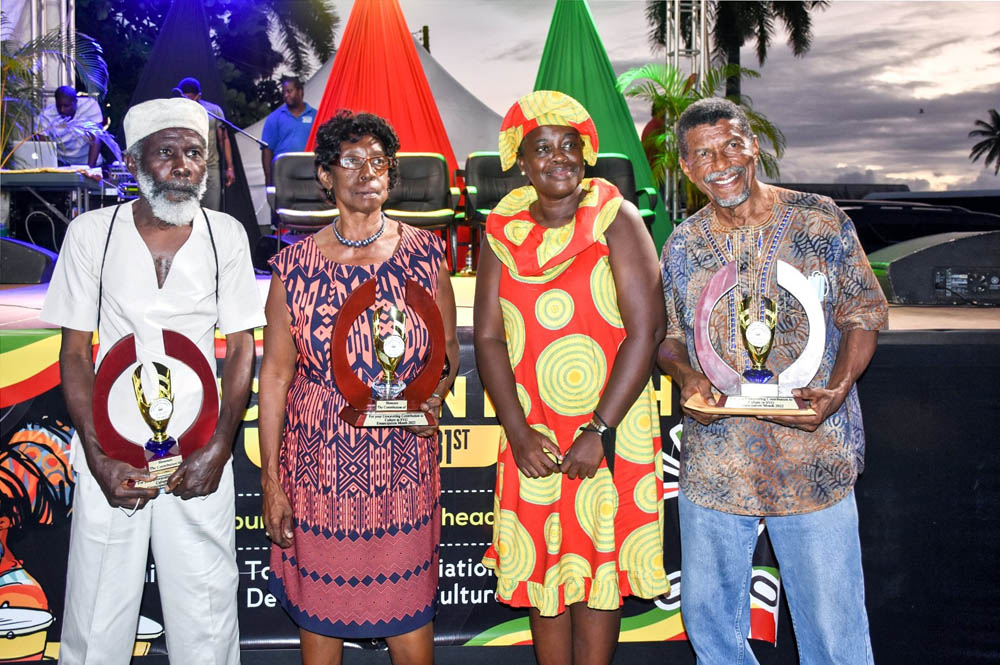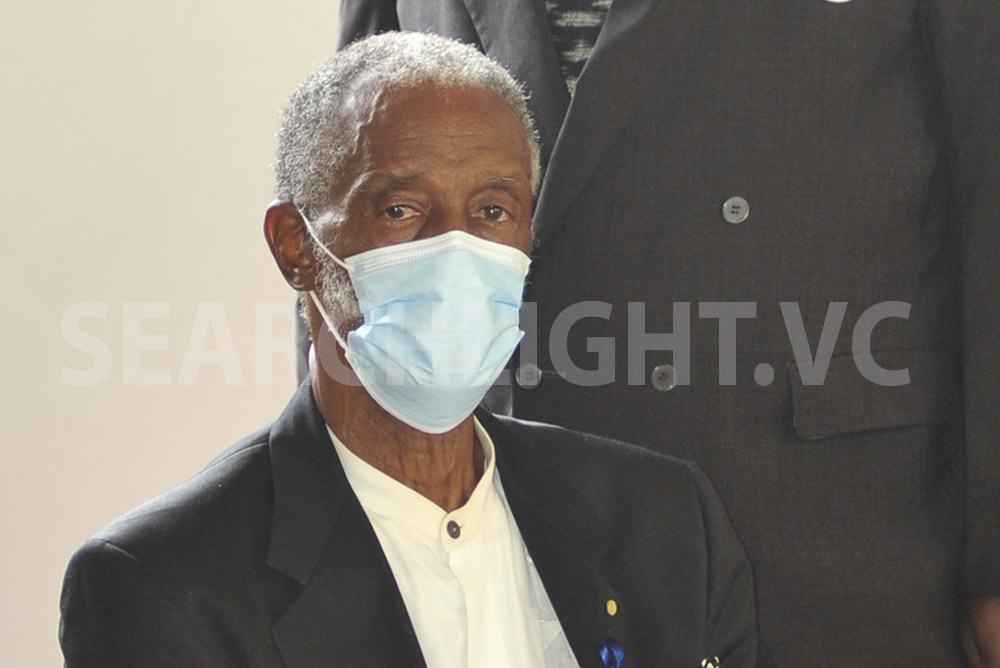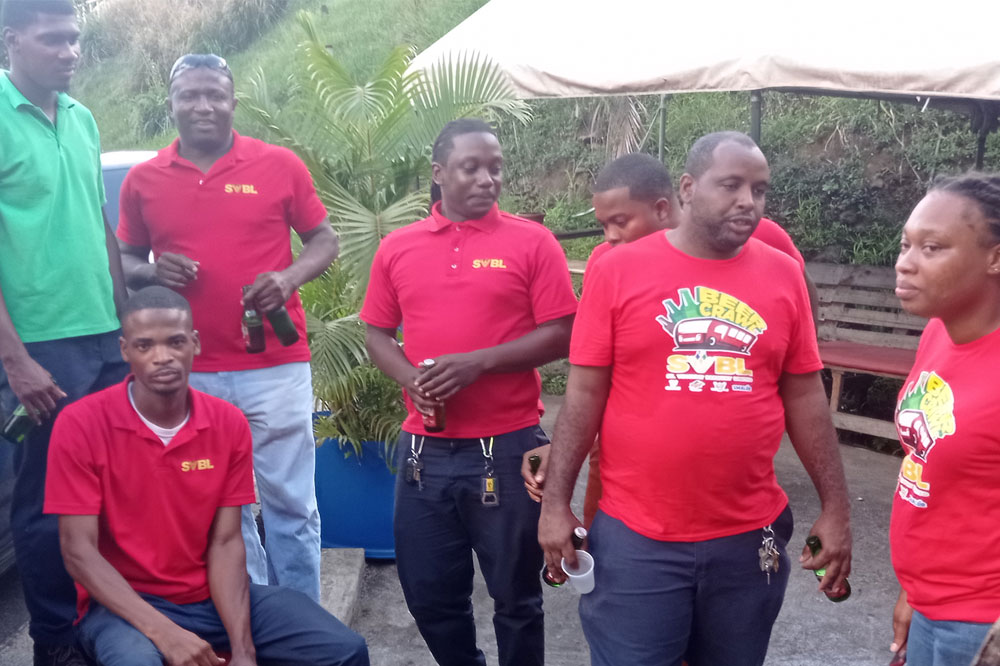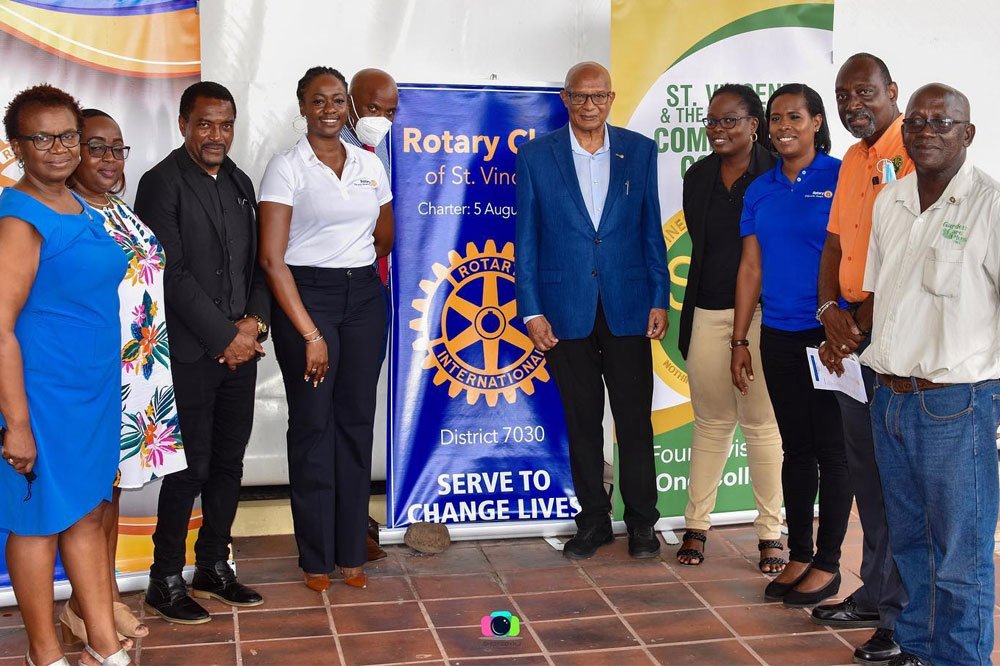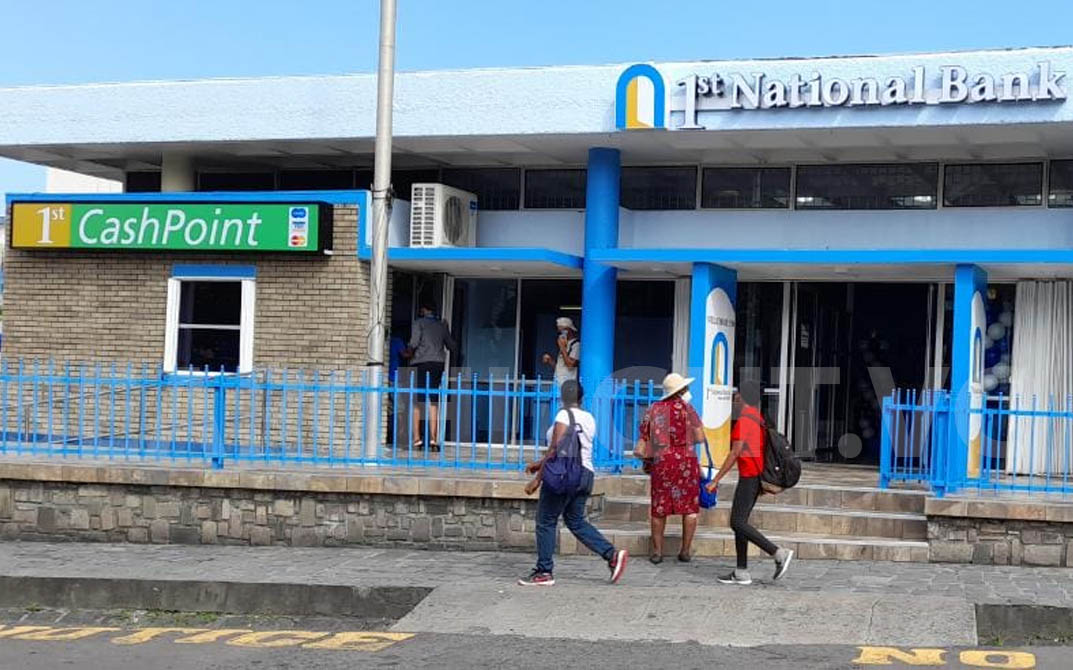OAS focuses on drug problem in The Americas
Fri Jul 26, 2013
The Organisation of American States (OAS), the hemispheric body made up of all independent countries in the western hemisphere except Cuba, which has been excluded as a result of the influence of the United States, has just released a âReport on the Drug Problem in the Americasâ, highlighting the extent of the production, trafficking and consumption of drugs in the region.{{more}}
It is a very comprehensive report, which gives a clear picture of the extent of the drug problem and its economic, environmental and social impact on countries in the hemisphere and the challenges faced in trying to address the problem. Interestingly, the Report does not focus exclusively on those areas traditionally considered, such as the production and use/abuse of cocaine, heroin and marijuana, but also looks at the dangers of abuse of legal substances, such as alcohol and pharmaceutical drugs. Indeed, it points out that âthe unlawful use of pharmaceutical drugs has become a principal concern,â in OAS states.
The release of the Report comes in the context of a global debate as to whether traditional means of combating the drug problem are succeeding. A global Commission recently concluded that current policies have failed and called for new approaches. While there have been spectacular seizures of large quantities of illegal drugs and the apprehension of several high-ranking drug-dealers, the drug trade continues to flourish and is a very lucrative business, estimated to be worth some US$ 320 billion, according to UN sources.
Of particular relevance to Vincentians is the ranking of our country, tiny by hemispheric standards, alongside the more notorious big-wigs in the global drug trade such as Colombia, Mexico, Bolivia and Peru. In the section devoted to the marijuana trade, the Report says that âmarijuana is the most widely produced and consumed drug in the Americasâ. It claims that while Mexico, the USA, Colombia, Paraguay and Canada are the largest producers in the hemisphere, âJamaica and St Vincent and the Grenadines continue to serve as major sources of cannabis in the Caribbeanâ. This may not be the kind of publicity that our country desires.
Much attention is devoted in the Report to the ramifications and impact of the trade in illegal drugs. In particular, there is examination of how this trade contributes to the corruption of the financial, legal and even political systems, how it erodes law enforcement and can lead to virtually parallel power structures with significant influence on the political decision-making process. The examples of Colombia, Mexico and even Jamaica substantiate these claims.
According to the Report, the drug trade has led to the ââ¦corruption of individuals (in both the public and private sectors), who end up as facilitators or operatorsâ¦.in this processâ. It also speaks of the âcorruption of institutions, particularly financial institutions, which become increasingly entangled in money-launderingâ and how the drug trade affects public accountability and transparency.
The OAS Report is another major contributor to the discussion on not just the extent of the trafficking in illegal substances, but more importantly, the negative social effects especially in relation to those twin-sisters of drug-trafficking, crime and violence. We in the Caribbean small states, still very vulnerable and fragile, certainly ought to pay close attention, particularly to the influence that the spin-offs from the trade and the perceived financial rewards, are having on our youth.
We urge those in authority — our political and religious leaders, private sector and civil society organisations, to acquaint themselves with the content of this Report as a starting-point for a national dialogue on the subject and how best to handle the challenges posed.


